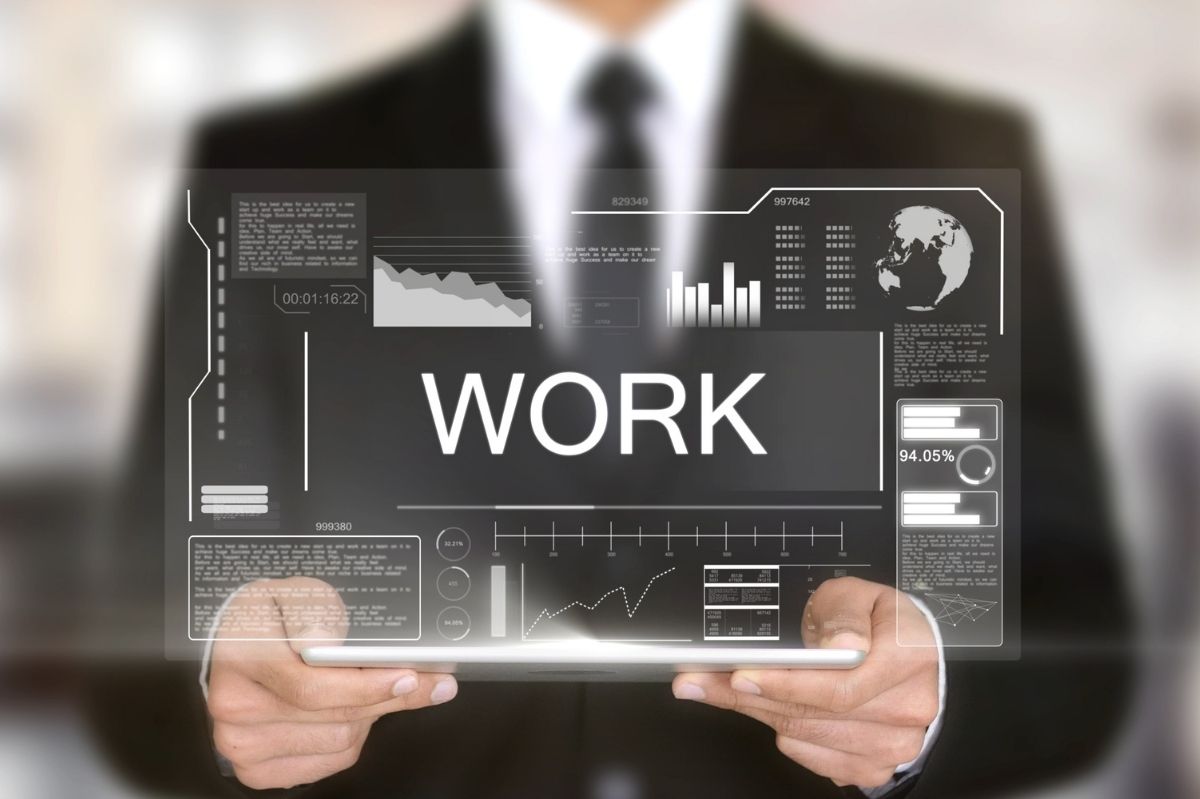Almost every third company perceives intelligent technologies as one of the main factors deciding when choosing a location for their new office. It was like that a few months ago. Before the pandemic, masks, gloves, and the need to keep two meters distance between people. What will it be like to go back to work in offices? How will the expectations of companies regarding office space and new technologies change?
In April this year, Colliers surveyed the largest tenants, checking their predictions of the office market. The results show that over 50% of the respondents do not expect any changes in the area of interest in office space. One-third of the respondents believed that the demand would fall, and approx. 12% forecast an increase.
Table of Contents
The home office has passed the exam.
Tenants are more unanimous in negotiating lease rates. Along with the reduction in business scale, many companies looking for savings have already taken steps to renegotiate their lease agreements. Numerous analyzes show that in the new post-coronavirus reality, tenants will invest in rented space more carefully. In many cases, remote work has proved successful.
Employees quickly adapted to the new conditions requiring more flexibility. On the other hand, offices proved their worth, and employees appreciated comfortable working conditions – the ability to perform their duties in concentration and silence, with a stable Internet connection and – most importantly – among people. Remote work has shown the great value of face-to-face meetings, the importance of teamwork, face-to-face brainstorming, and the opportunity to discuss projects in a group while observing un-pixelated body language. In this context, offices gain by confirming that we need them. So what will change?
Change of the work model
The work model and attachment to the desk will definitely change. Not everyone has to work from the office every day, not necessarily between 9 a.m. and 5 p.m. Companies operating so far in the traditional format, in which each employee had their own desk, will have to switch to new tracks. Time for the principle of clean desks and desk sharing. Fewer executive and managerial offices, more diverse conference rooms, and quiet workrooms. Less space, but better organized according to its function and intended purpose. Will there be room for new technologies in times of change?
In a pragmatic approach to furnishing offices, companies will look for tools that will help them implement them and facilitate daily space management. Here is an example of a few technological solutions that they will need.
Employee solutions:
- Application for booking desks and conference rooms With fewer desks than employees, you will find tools that will allow you to check availability and reserve a workplace remotely. Their advantage will certainly be the use of real-time information, whether a given place, the room is actually occupied, or maybe it has been booked in the system, but ultimately no one appeared in them. Thanks to this, the system will constantly update the availability of workstations, and employees will not waste time traveling to the office in vain.
- Application for controlling environmental conditions Air conditioning, lighting, audio/video, blinds – these are only some of the components of the office environment that affect the personal sense of comfort. Especially in times of a pandemic, working in the comfort of their own home, everyone has created their own personal workplace. People have become accustomed to creating it in their own way, tilting the window when they lack fresh air, covering or revealing curtains when too little or too much light enters the room. By taking away employees’ desks, the organization must allow them to adapt the space to their needs all the more.
- Function – locate and find your way By bumping into the office from time to time, employees will have to learn its topography for longer. The larger the office, the more difficult it will be for them to find a specific conference room, especially if they use it sporadically. Indoor navigation can be a useful function. The system will locate the person’s location and show them the way to the meeting point. The location option can also be used to grant permissions to the user. As a result, the employee entering the booking area will automatically control it, e.g., adjusting the lighting to the nature of the meeting (presentation, creative meeting, own work).
Solutions for the employer:
- The remote control system in the cloud The period of isolation proved how important an aspect of building systems is the ability to log into them remotely, e.g., using a web application. There is no need to travel to the site to check the operating status of the air conditioning or lighting system. This can be done from anywhere, and corrective action can be taken when needed, without being in the office. All you need is access to the admin panel.
- Office occupancy control system Until now, the most common method of verifying office occupancy was surveys carried out from time to time by a space management company. They often consisted of counting people in the office by several employees who noted how many people were in the room at a given time. The results of such an exercise were highly error-prone but allowed to identify certain trends. However, in times of maximizing the use of every square meter of an office and the lack of assigning desks to employees, such methods will no longer be used. You will need a system that will enable real-time analysis of office occupancy – aggregating data for a specified period, specifying peak occupancy hours, and, most importantly, providing reliable information.
Time for discussions and analyzes
The above examples are only some of the applications and systems used in the new business realities. Their selection and functional scope will be the main subject of discussions among people with various specializations – from architects, facility managers to IT, administration, and HR. The weight of the talks will shift from the look and feel of the office to determining how it will be used. Some companies already have this experience behind them. Cisco and Deloitte analyze office consumption using an intelligent lighting system. The lighting fixtures are equipped with special sensors that collect data about room occupancy. Thanks to the obtained analyses, Deloitte introduced the principle of sharing desks on a larger scale, providing the same office space with over 1,000 additional employees, reducing the cost of renting in a different location.
Also Read : Social Selling in B2B – how To Start, Why Is Worth Avoiding?







